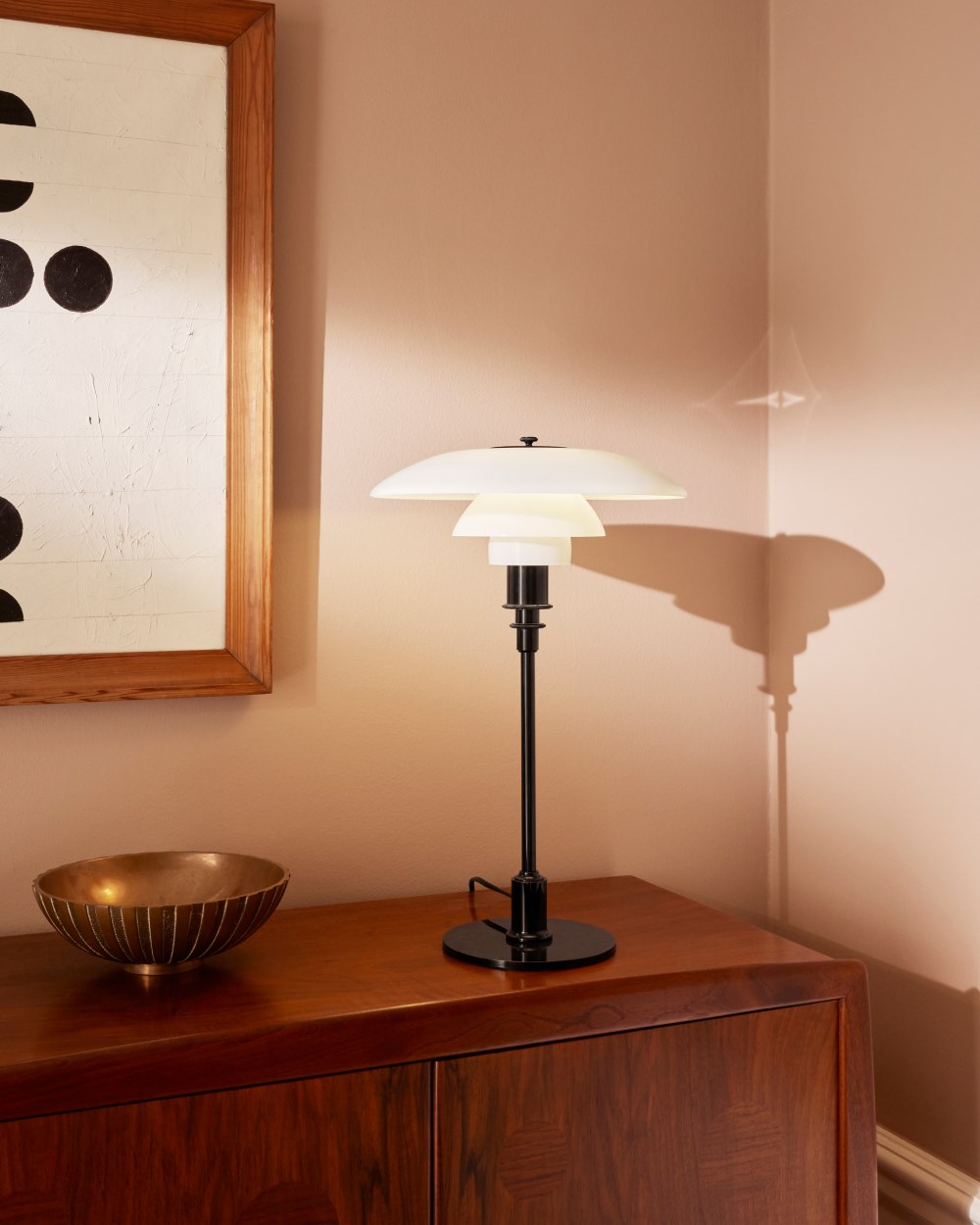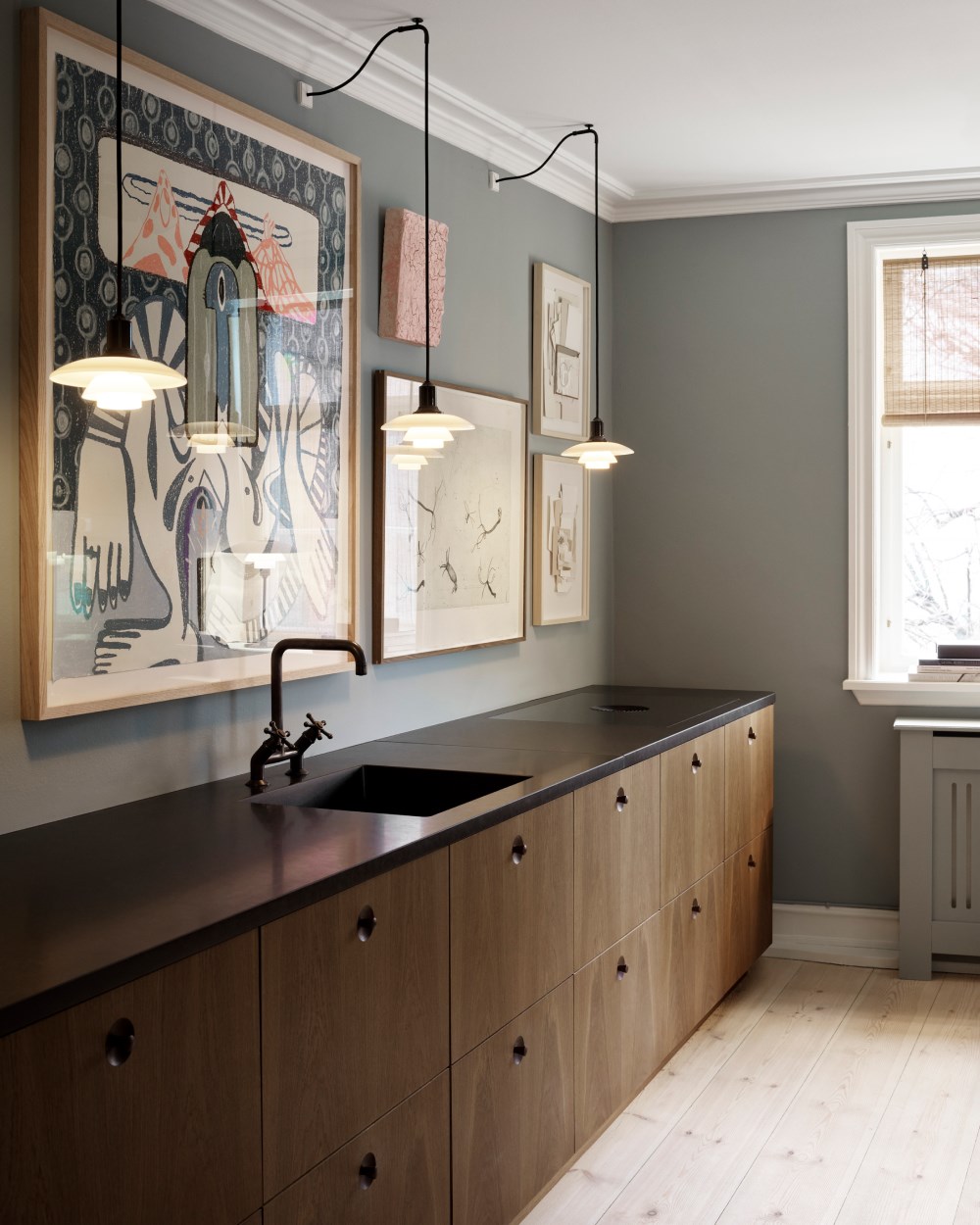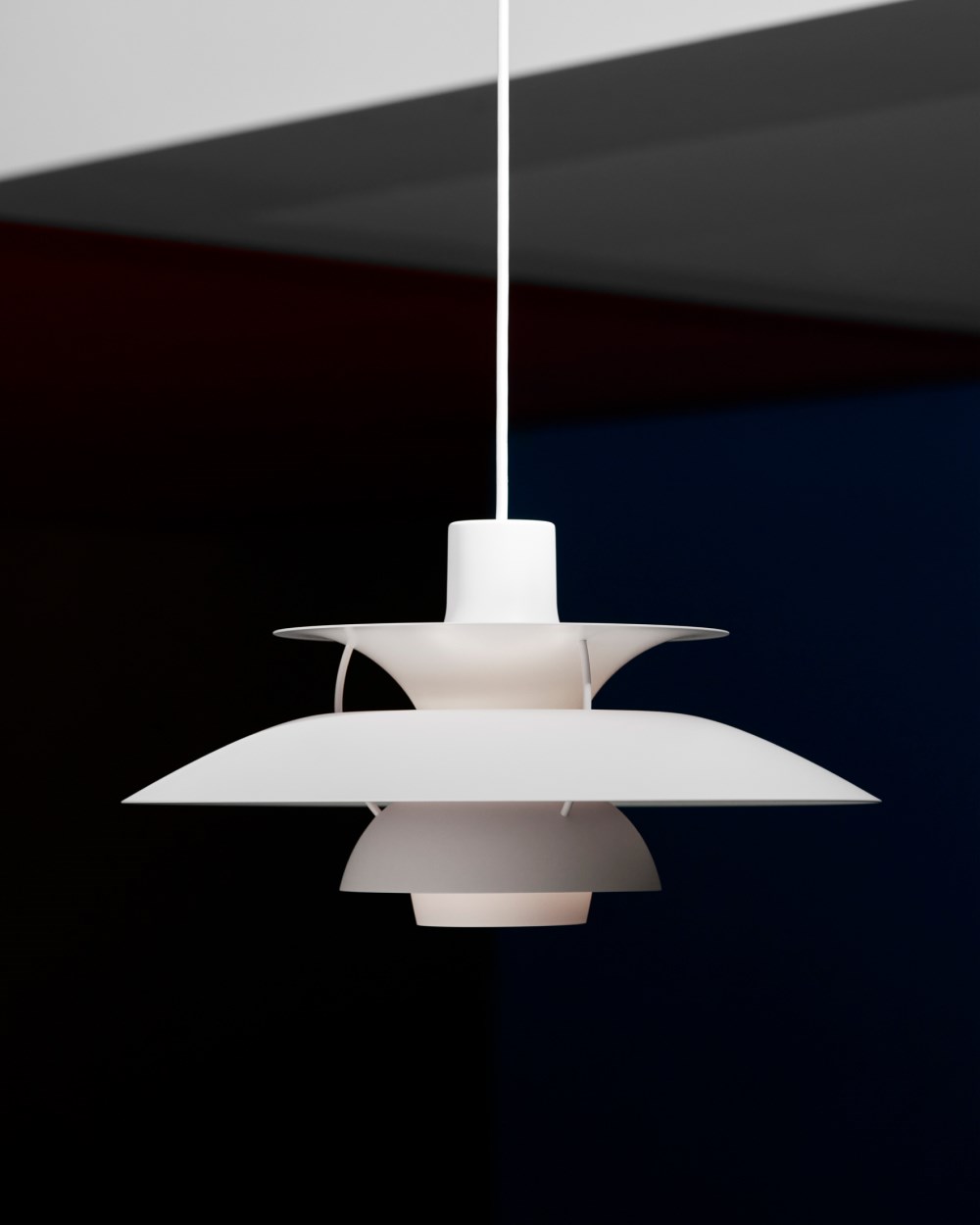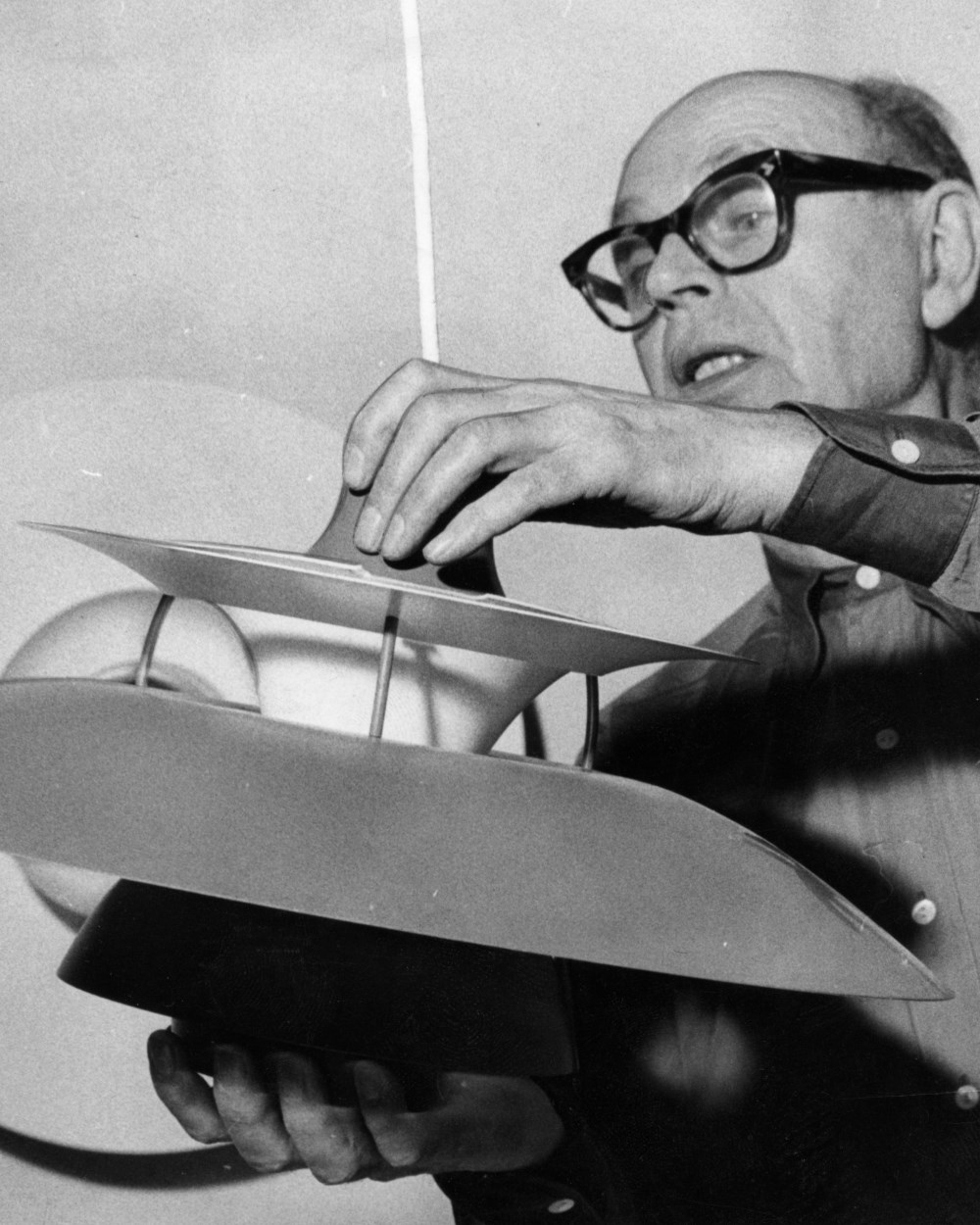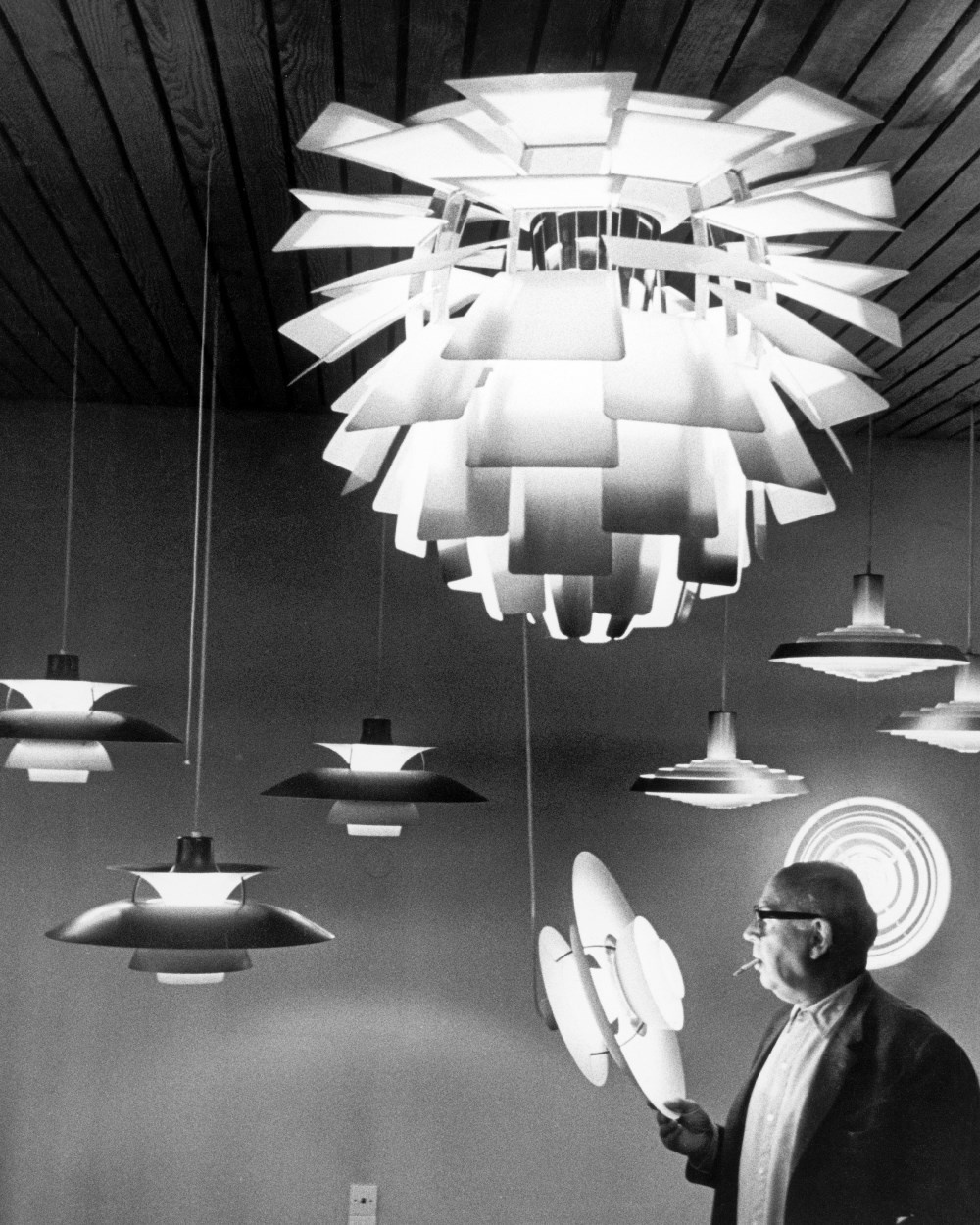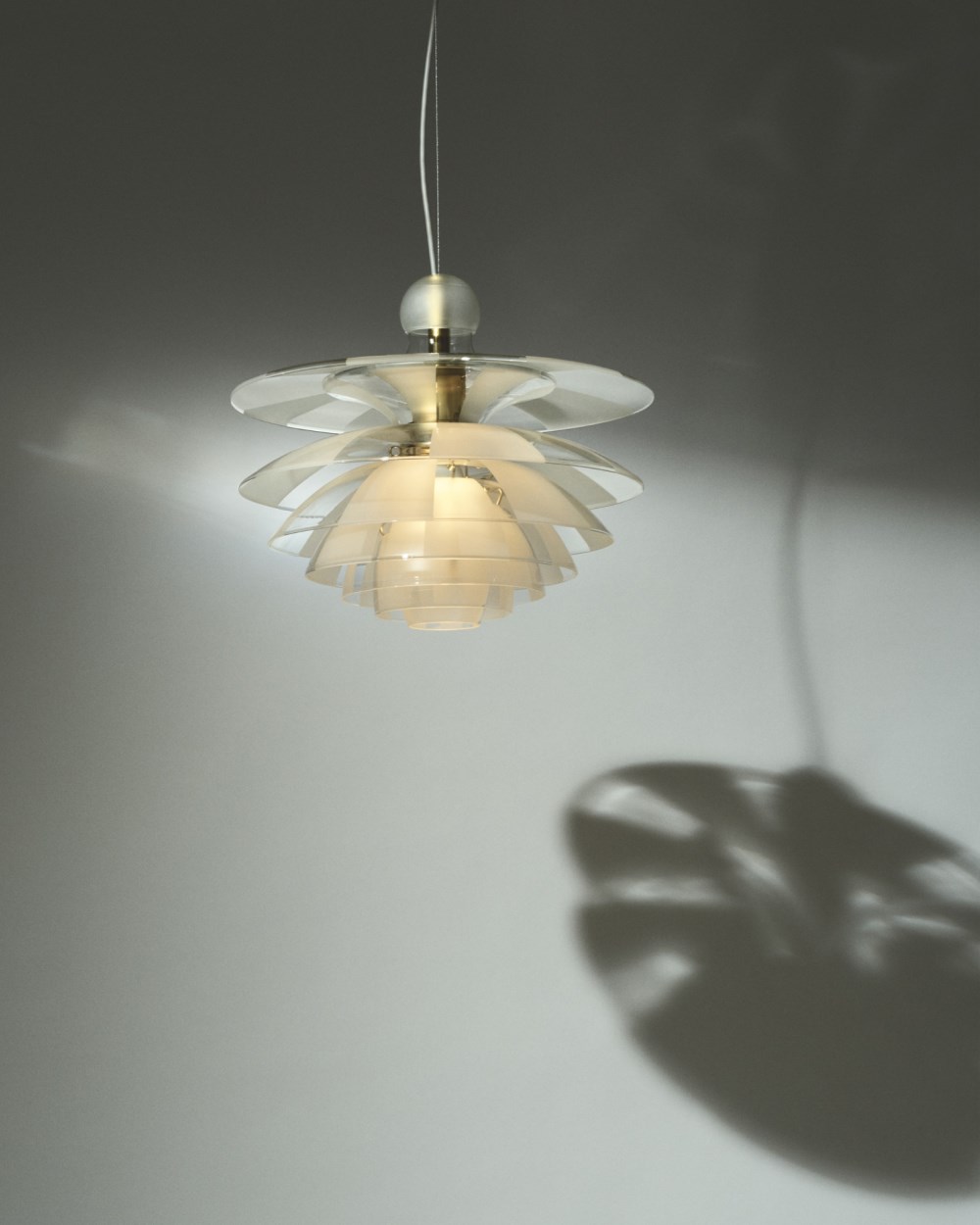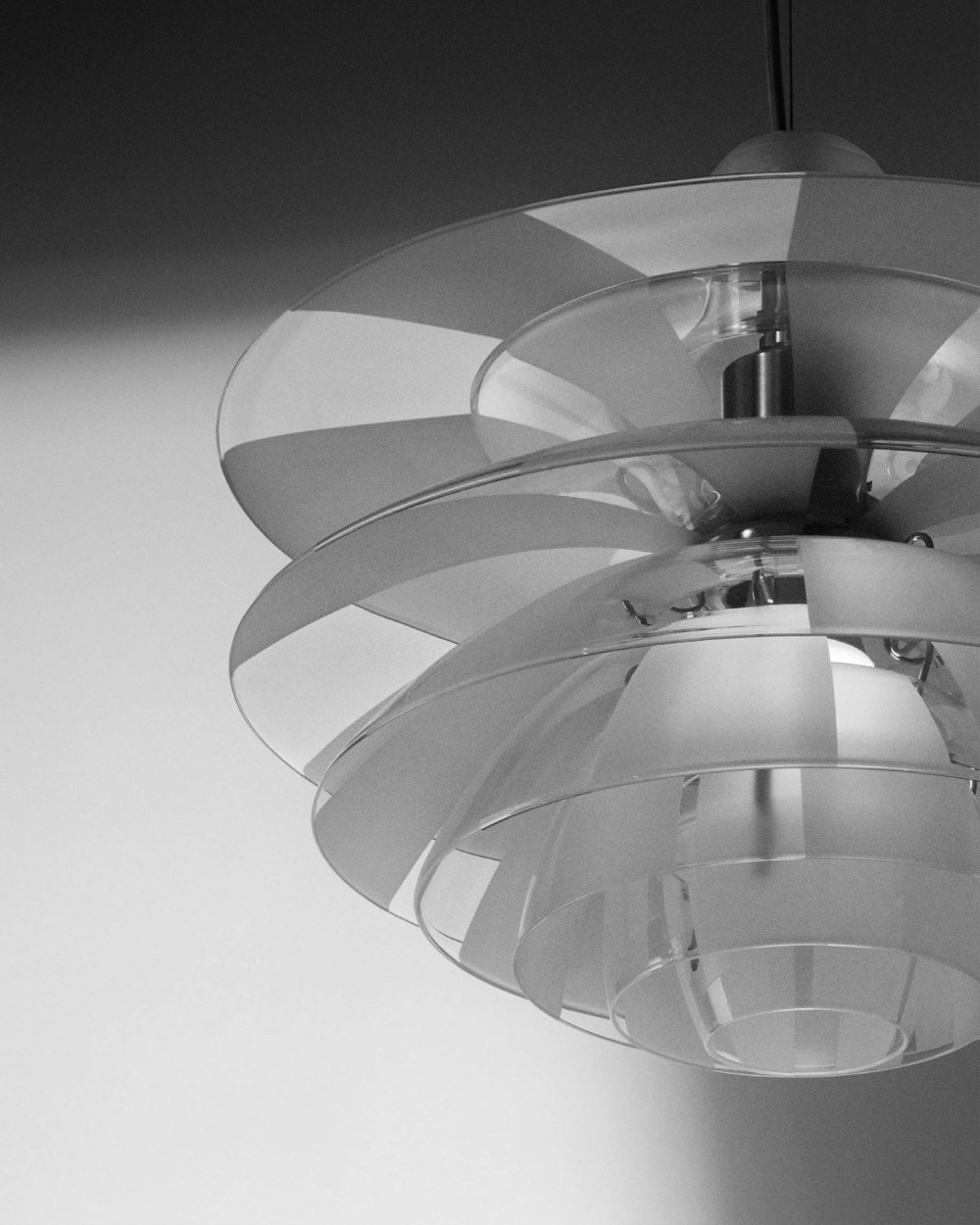
Poul Henningsen
The highly influential Danish designer, architect, writer, and cultural critic, Poul Henningsen (1894-1967), has had a huge impact on Danish thinking and design. His legacy as the original master of light is an integrated part of Louis Poulsen’s heritage of creating exceptional light.
Poul Henningsen, born in Copenhagen in 1894, was the son of the Danish writers Agnes Henningsen and Carl Ewald. He started practicing traditional functionalist architecture, but over the years his professional interests shifted to primarily focus on lighting, for which he is most famous. He also expanded his field of occupation into areas of writing, becoming a journalist and an author.
For a short period at the beginning of WWII, Henningsen was the head architect of the Tivoli Gardens in Copenhagen. But like many other creative people, he was forced to flee Denmark during the German occupation, and soon became a vital part of the Danish colony of artists living in Sweden.
His lifelong collaboration with Louis Poulsen began in 1924 and lasted until his passing. To this day, Louis Poulsen still benefits from his genius and continues his heritage working to provide exceptional, glare-free light. In fact, Poul Henningsen's pioneering work concerning the relationship between light, shadows, glare, and color reproduction - compared to man’s need for light laid the foundation of the lighting philosophy still practiced by Louis Poulsen.
Poul Henningsen was also the first editor of the company magazine ‘NYT’. The CEO of Louis Poulsen at the time, Sophus Kaastrup-Olsen, gave the magazine to Henningsen as a gift because he had been terminated from the Danish newspaper he worked for, because his opinions were too radical.
